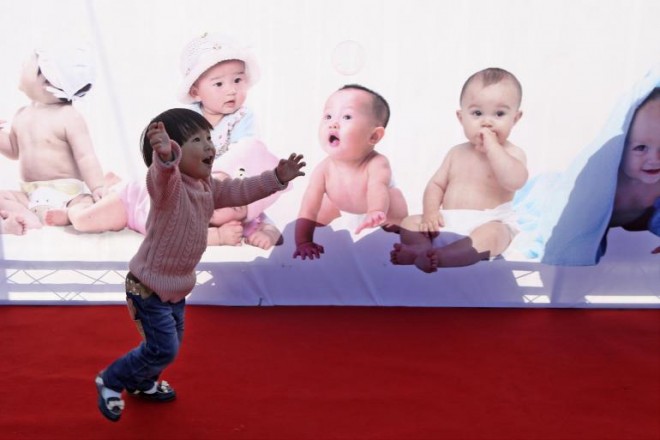The predicaments of having a second child
china.org.cn / chinagate.cn by Zhang Lulu, February 10, 2014 Adjust font size:
|
|
| For Yan Lin (pseudonym), her dream of having a second child was crushed when she was forced to undergo an abortion as she did not qualify for China's slightly relaxed one-child policy. [file photo] |
For Yan Lin (pseudo name), having a second child is her dream. Yet this dream was crushed three months ago, when she was forced to undergo an abortion.
The 34-year-old Yan found herself pregnant in the summer of 2013. With a nine-year-old boy running around the house already, Yan is not allowed to have a second child according to current Chinese law.
Nevertheless, Yan was keen to keep the unexpected child. Born before the 1980s, when China issued its one-child policy, Yan and her husband both had the joy of having a sibling around, a joy she would want her son to experience as well. Yan was also more confident to raise another child as she already had the experience of bringing up the first one under her belt.
Moreover, what partly pressed Yan, and numerous other women like her, to have a second child was the fear of losing their only child. According to Yi Fuxian, a demographer, there will be nearly 10 million families who will have lost their sole child by 2035, as China produced about 220 million one-child families from 1975 to 2010, and 4 percent of those children will die before turning 25.
Yet when Yan's husband found out about the unexpected pregnancy, the first thought that occurred to him was to not have the child.
The couple is not qualified to have a second child since neither of them comes from a one-child family. If they had kept the child, they might have been fired -- since the policy is more strictly applied to civil servants like them.
Yan resorted to an array of means in her quest to keep the child, including a fake divorce, but she proved too naïve to circumvent the law.
Under pressure from all sides, Yan had the abortion last October when she was already five months along.
"I no longer bear any hope for the policies. It must take a long time from allowing parents [coming] from one-child families to have a second child, to loosening up the policy for all; I am about to become too old to have children anymore," Yan said.
Yan's suffering echoes the problems many Chinese families are facing. Though China pledged to relax its one-child policy during the Third Plenary Session of the 18th CPC Central Committee last November -- 21 days after Yan's forced abortion -- the news only came as a blessing for an estimated 15 to 20 million urban residents who stem from one-child families. As for Yan and her husband, they are still disqualified from having a second child.
East Asia, the United States and China
The demographer Yi Fuxian analyzed in his book the demographic landscape in East Asia and the United States. While Chinese Taiwan and South Korea all implemented family control policies in the 1960s, they retracted the policies three decades later as birth rates dipped to record lows. Still, both missed the best time to encourage childbirth, when the fertility rate was around 1.7-1.8, between 1986 and 1996; the rates slipped dramatically -- down to 0.895 and 1.22 in 2010, respectively.
Though Taiwan and South Korea survived the "middle-income trap," the low fertility rate entails a negative growth of the labor force after 2016, which will lead to a slacking economy or even economic recession.
Unlike the "unsustainable Eastern Asian pattern," as Yi labels it, the United States has shown rather promising signs. Although its overall social dependency ratio (the ratio of those not in the labor force and those in the labor force) has been increasing since 2005, which means an increase of financial support for the economically dependent as well as more expenditures, the rate is lower than that found in other developed countries and will likely stagnate after 2030. Moreover, its labor force has been on a constant rise this century, showing the potential for a more active economy.
China's total fertility rate was around 1.5 according to the national census conducted in 2010, but some analysts have been arguing that the nation needs to maintain a 1.8 fertility rate to keep China from rapidly becoming an ageing society; yet an all-round eradication of the one-child policy might not come along in the near future.



